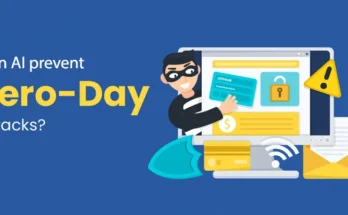
The Cost of Ransomware Attacks vs AI Defenses: Why Prevention Pays
The Cost of Ransomware Attacks vs AI Defenses: Why Prevention Pays Ransomware attacks have become one of them. The most expensive and disruptive risks in the digital world. Cybercriminals block …
The Cost of Ransomware Attacks vs AI Defenses: Why Prevention Pays Read More
